Successful sobriety requires planning and preparation, explains Mark Holmes, Alcohol Quit Guru, and here’s how to effectively create a Quitting Alcohol Journal.
Good morning and welcome to the Crazy Sobriety Vlog and today the question is, how to use an alcohol journal?
Sometimes there’s a transition period from when you think about giving up drinking to when you give up drinking, it’s like purgatory, that time between dying and going to heaven.
But that time that you’re considering quitting drinking, that transitional period, can be quite challenging, quite difficult. It can take years, or it could be weeks, or it could be a day – “That’s it, I quit!”
I think when people go, “that’s it, I quit!” without any kind of thought or preparation, a couple of days later…
Actually, I’m not talking about other people, this is me, this is purely me. If I suddenly say, “I’m quitting!” It’ll last 24 hours.
The more thought you put into quitting, the more preparation, the more successful it is likely to be, which is why you should read my book, “Holmes’s Complete Guide To Stop Drinking Alcohol” available on Amazon today.
If you want to do it properly, if you’re serious about it, you’ve got to put some thought into it, and some preparation, especially if it hasn’t worked in the past. If you tried quitting a lot with willpower and that hasn’t worked, I know how painful that is, look at all my other videos.
The Alcohol Journal is a good transitional device.
When we do counselling, one of the first things we do is say, “what is the state of play at the moment?” So where are you at? We’re not starting from a blank slate. We’re saying how much do you drink at the moment. We need to get a very accurate view of that. And not a doctor’s view, not like when you walk into the surgery, “how much do you drink?” “Maybe a half, you know, on a Friday.”
SELF-DENIAL
We’re not talking about that kind of view. We’re talking about an absolute, deadly honest, accurate view. And why is that important? Because we often lie to ourselves. Well, I don’t know about you, but I definitely do. I don’t want to really think too much about, “Why am I? How much am I drinking? What am I drinking?” I don’t want to think about that.
When I was drinking, my God, I knew exactly how many cans when I was drinking lager or when I was drinking cider. When I was drinking whiskey, I would know exactly how much of the bottle was left; almost photographic memory.
However, you may know something, but you’re not really aware of it: It doesn’t really hit home; You don’t really see the meaning of it. It’s only when you do a real cold sober reflection on your drinking, that you’re taken aback!
SELF-ASSESSMENT TESTS
This is why any kind of counselling will begin with an initial assessment which may contain self-assessment tests. There are four self-assessment tests in the book: The C.A.G.E., the S.I.P. [Short Inventory of Problems], the M.A.S.T. [Michigan Alcohol Screening Test), and the D.S.M. [Diagnostic and Statistical Manual of Disorders]. I chose those four for the book, because I think they’re the best ones, but there’s many. As long as it’s a recognised, validated, independently tested psychological instrument, then it’s worth using.
This vlog is about an alcohol journal. So, a transitional device. Why? Because you want to keep an accurate record of what you are drinking. A journal is really useful to have. I’ll show you what I use.

I use one of these things. I’m going to turn the camera, so you can see what I’m writing:. “Alcohol Log.” What did I have? I had “a) Can of Cider”. Now my can of cider would have been, “5% A.B.V.”, I would have drank for half an hour. Then I had “b) four cans of lager” and “5% A.B.V.” in an hour, so let’s say one hour, “60 minutes”. I’m going to finish off with a ‘nice’ bottle of whiskey through till 21:00, so that’s “40% A.B.V.” and how many millilitres, usually “70 ml” and I’m going to put that for, “240 minutes.”
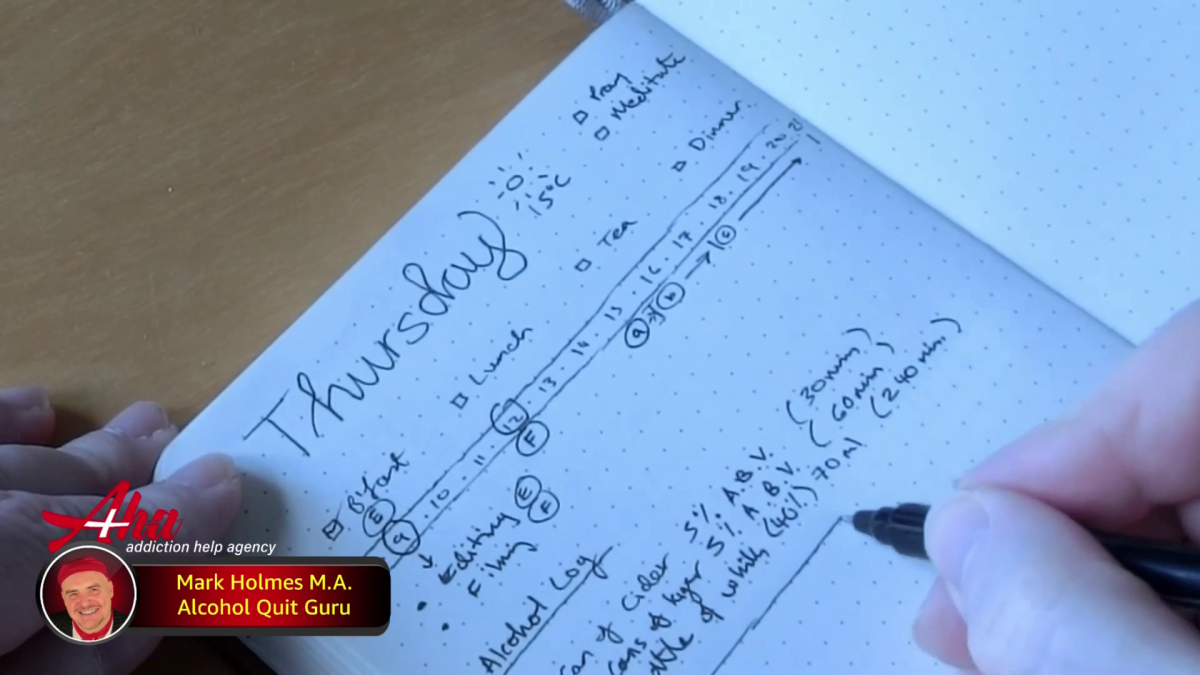
A page from a Quitting Alcohol Journal showing an Alcohol Log
Okay, that’s a very basic Alcohol log. So what you’re recording is the date, the time, and what you drank, quantity in millilitres. (Actually, I don’t think I put it just then for the cans, that would have been 330 millilitres, or if I’m lucky (!) 500 millilitre cans.) And also the time you consumed; how long did it take you to consume those drinks.
Your Blood Alcohol Content (BAC) will vary depending on your weight, and the number of drinks you’ve had. And there’s charts in the book, tables, that you can see along the top your weight, and then down the side, in the left-hand column, you’ll see the number of standard drinks from 1 to 10.
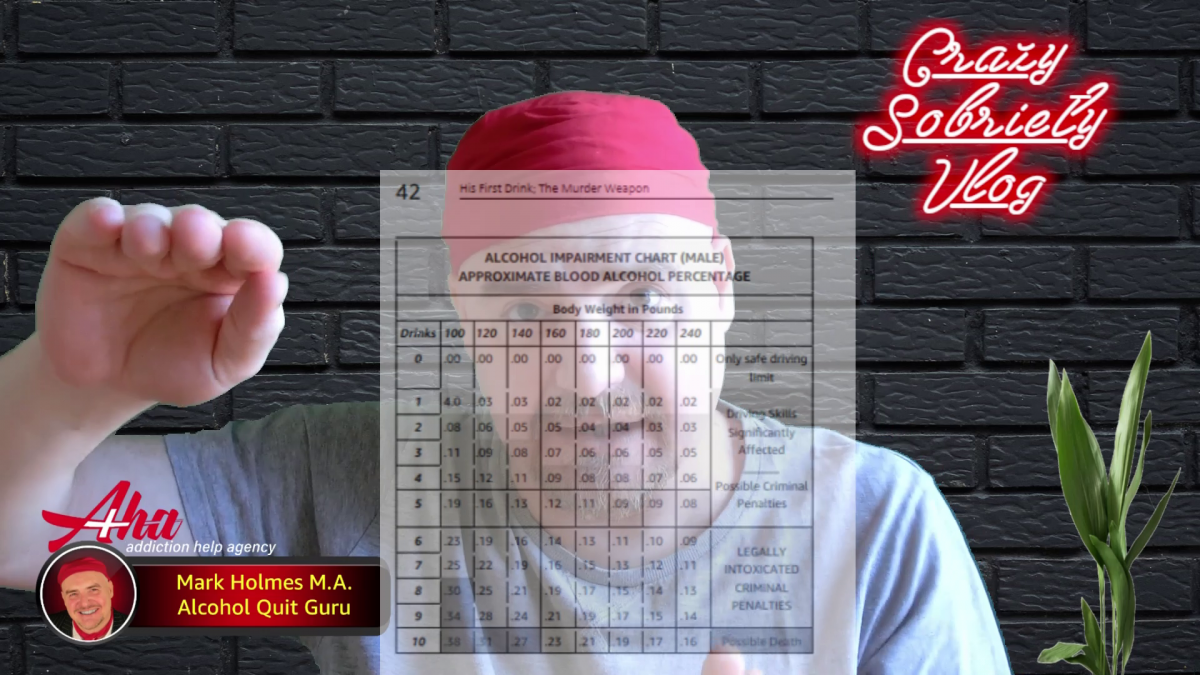
Calculating Blood Alcohol Content & Physiological Effects
That’s important as well, it’s Standard Drinks. Because it’s not a drink of whiskey, or it’s not a drink of lager, you’ve got to calculate what a standard drink is, which is different depending on what you’re drinking, and then that will give you your percentage of Blood Alcohol Content. It’s all explained in the book. Why is that important? Because you have different physiological effects depending on your BAC. So a log is really useful for calculating typical BAC and your peak BAC during your week, and then we’ll look at how that compares to the population. We use percentile charts, where your level of drinking is relative to a normal population.
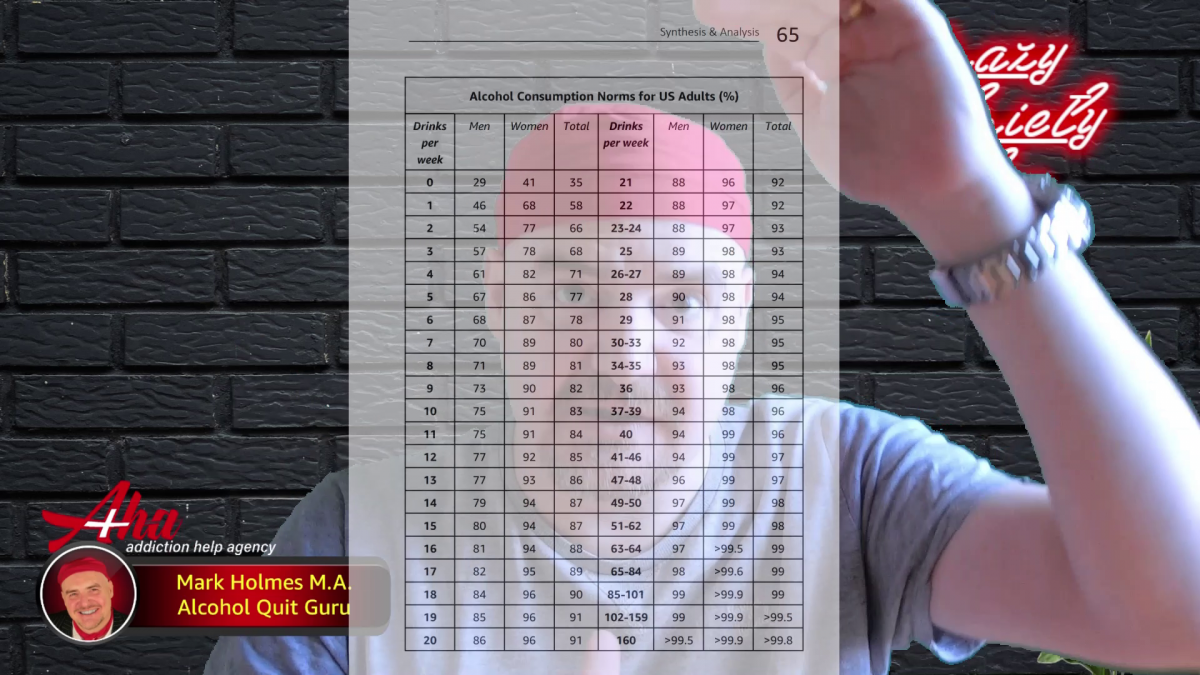
Alcohol Consumption Norms for US Adults (%)
You need to have an objective view. Now you will probably say, “No, I don’t need that that,” if you’re a good ol’ alcoholic like I was. It’s really important. When I was doing the calculations for myself, it’s kind of shock in a way, because it’s the reality of it: It’s like splashing cold water in your face; It’s like a wake-up!
You can also write down what your hangovers were like, that would be useful. You could also write in there, what you’re getting from drinking, if you want to be really, really good and get an “A star”! That would be, “What are the benefits I’m getting from having this actual drink? And what are the short term and long term negative consequences?”
All of that is in the book.
Have a great day.
Good luck.

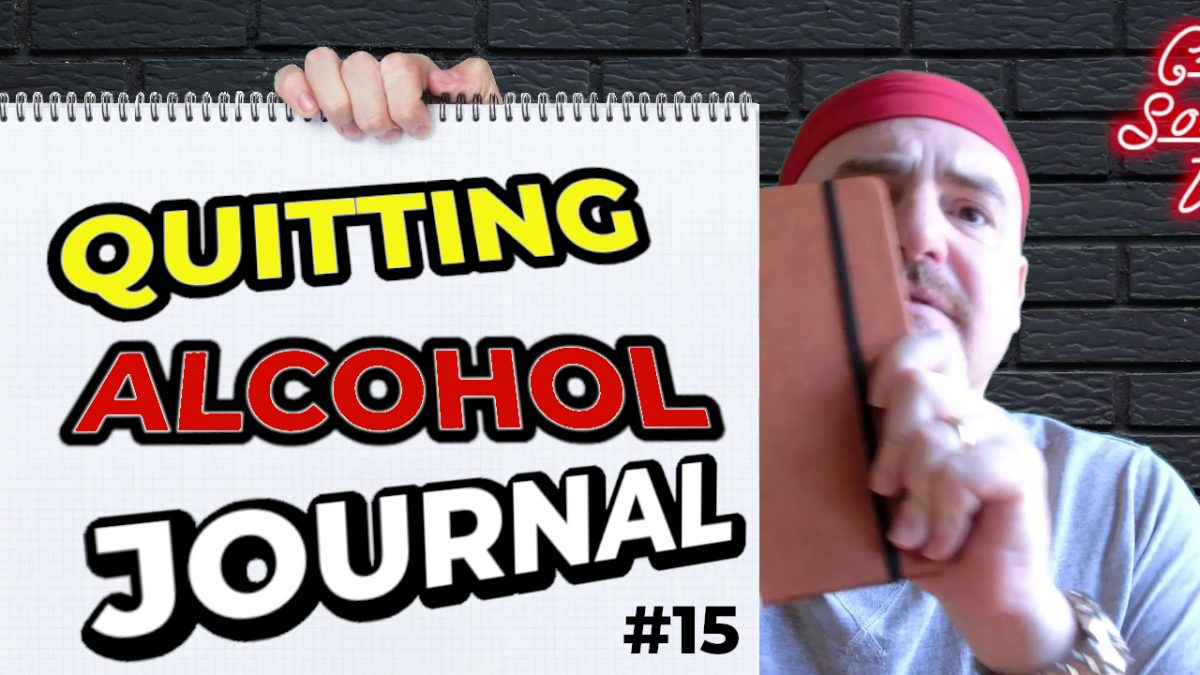
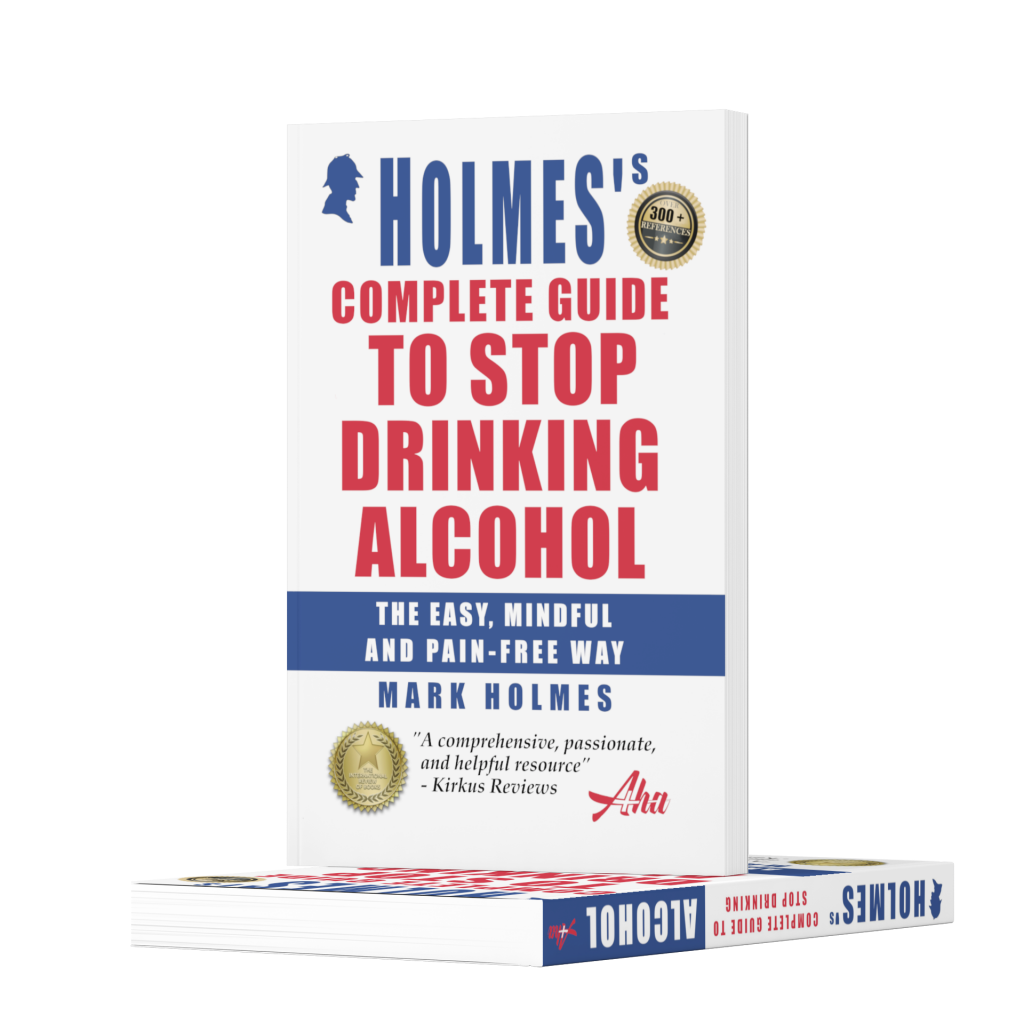
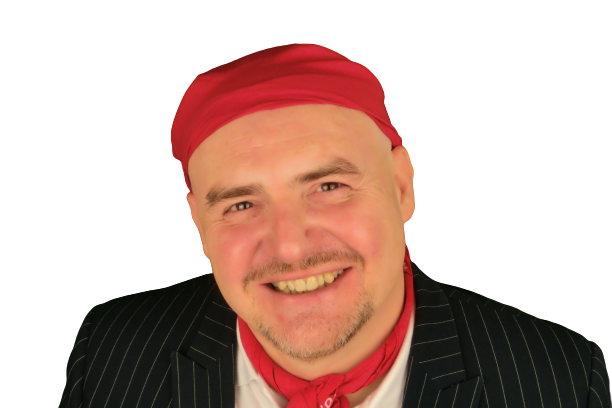
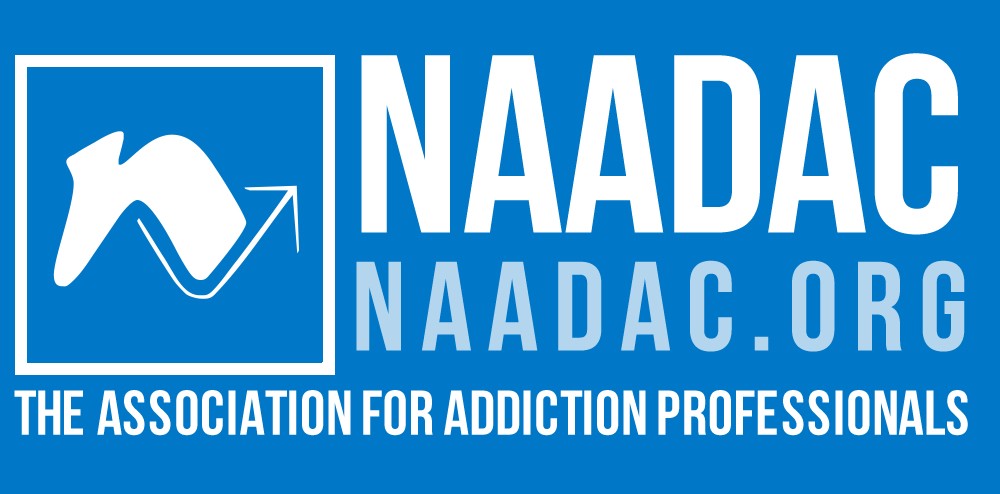






0 Comments